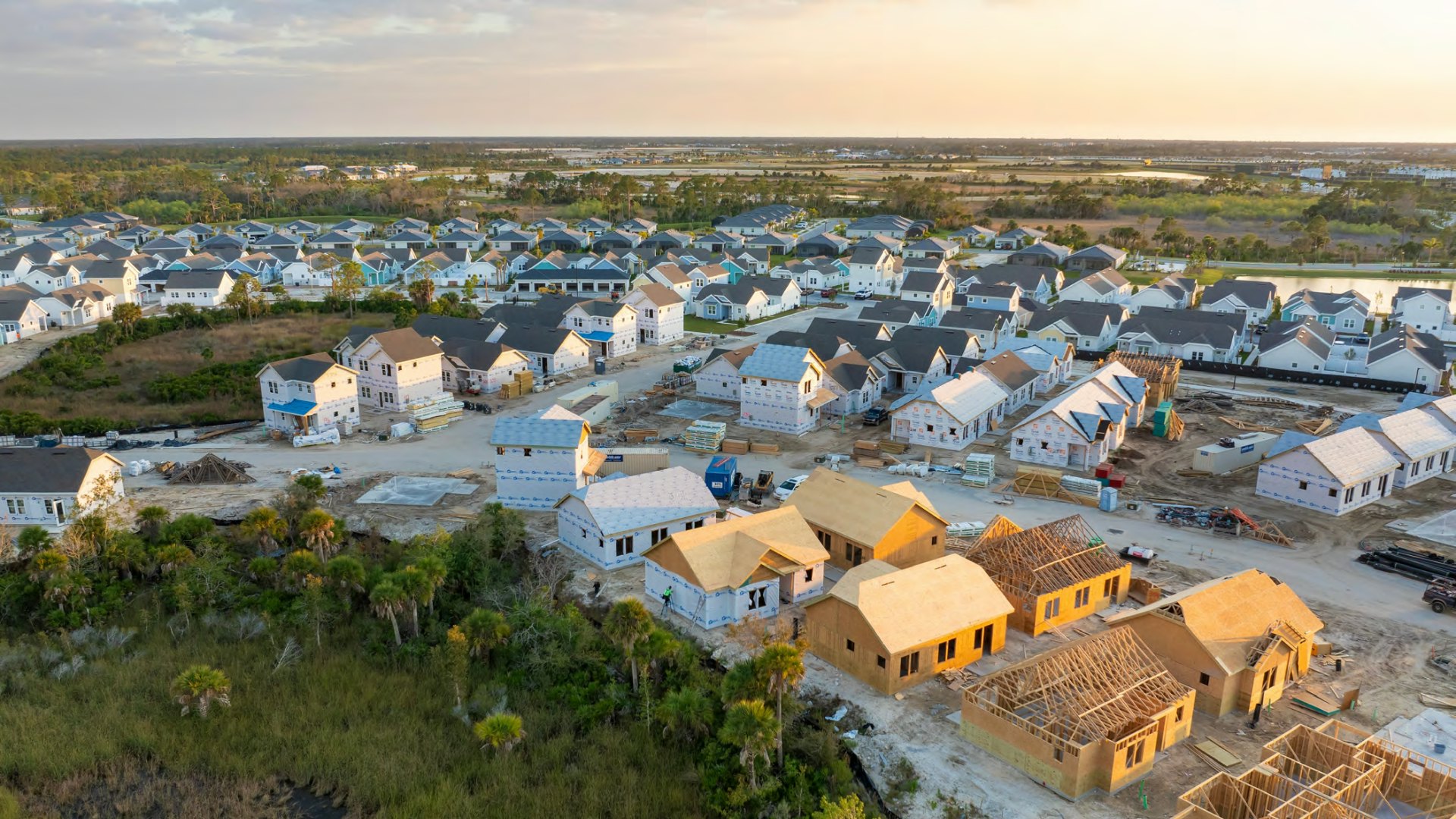The White House's framework for a legislative fix for Dreamers contains troubling provisions that raise many questions and concerns about our economy’s future.
On Thursday, the White House released its framework for a legislative fix for Dreamers, providing a path to citizenship for the approximately 800,000 individuals currently registered under Deferred Action for Childhood Arrivals (DACA) as well as about a million more who would meet the DACA criteria but did not apply. This is an important breakthrough, but the proposal contains troubling provisions that raise many questions and concerns about our economy’s future.
The shift away from family-based immigration has the potential to hobble the future growth of our economy. It would eliminate all categories of family-based immigration other than spouses and minor children. This will apply prospectively, with current applications honored until the backlog is cleared.
Some initial estimates show that this proposal could reduce our legal immigration levels by 40 to 50 percent, a massive number that would plunge our immigration levels down to those of the 1920s.
However, our economy in the 1920s was significantly smaller than it is now. Today, we can produce more with fewer workers, but the current low level of unemployment suggests that our labor force needs remain great.The native born labor force will not grow fast enough to keep up with the needs of our modern, robust economy – let alone to sustain Social Security for future generations. We know that over the last decade, nearly half of our labor force growth is due to immigrants.
Pro-growth immigration reform advocates often argue in favor of more skills-based immigration. The George W. Bush Institute is one of those organizations. But increasing skills-based immigration does not need to be at the expense of family reunification. Indeed, a Cato Institute analysis found that family-sponsored immigrants are often better educated than native born Americans. They may not obtain green cards based on their skills, but that does not mean they are uneducated and low skilled.
Perhaps most troubling from a growth perspective is that this proposal does not address what happens to those green cards that will no longer be used on parents and other relatives. Will they simply disappear, reducing our legal immigration levels? Or will they be reallocated to skills-based or employment-based green cards?
The former will devastate our future economy and further undermine the long-term solvency of Social Security. The latter will at least maintain some ability to replace our aging workforce.
The proposal also calls for eliminating the diversity visa lottery system, around 50,000 green cards per year, and reallocating those green cards to eliminate the backlogs in family reunification and employment-based green card categories. Once the backlog is cleared, the diversity visa allocation will cease to exist.
The diversity visa lottery allows people from countries who traditionally do not send many immigrants to the U.S., like many African nations, to have a chance to apply for a green card. With education and moral character requirements, the result is that many diversity visa immigrants are highly educated and upstanding citizens with very low rates of criminal behavior. A recent study from New American Economy found African immigrants, many on diversity visas, are more educated than the U.S. population as a whole.
Despite the diversity visa’s merits, its elimination is frequently used as a bargaining chip in comprehensive immigration reform legislation. This proposal is no different. Reallocating these green cards to clear a lengthy legal immigration backlog is a good idea. But not preserving those green cards beyond that is not.
This proposal is not intended to be comprehensive immigration reform. It is an attempt to reach a compromise on a DACA legislative fix. But, the proposal presages large future cuts to legal immigration and does not cover the many other issues immigration reform must tackle, such as increasing the number of temporary worker visas and how to deal with the larger undocumented population.
Future reform proposals could take what this proposal strips from family reunification and allocate it to employment-based green cards. But it would be politically difficult to gain back what is lost in this proposal once those green cards are officially eliminated.
These are important issues to consider in this proposal. Our future fiscal and economic health is at stake.
The native born population cannot produce the labor force growth that will be needed to keep our economy growing at a robust clip. The President campaigned on a promise to restore economic growth to four percent per year. Reaching that goal will be impossible if he cuts legal immigration limits as dramatically as this proposal indicates.































